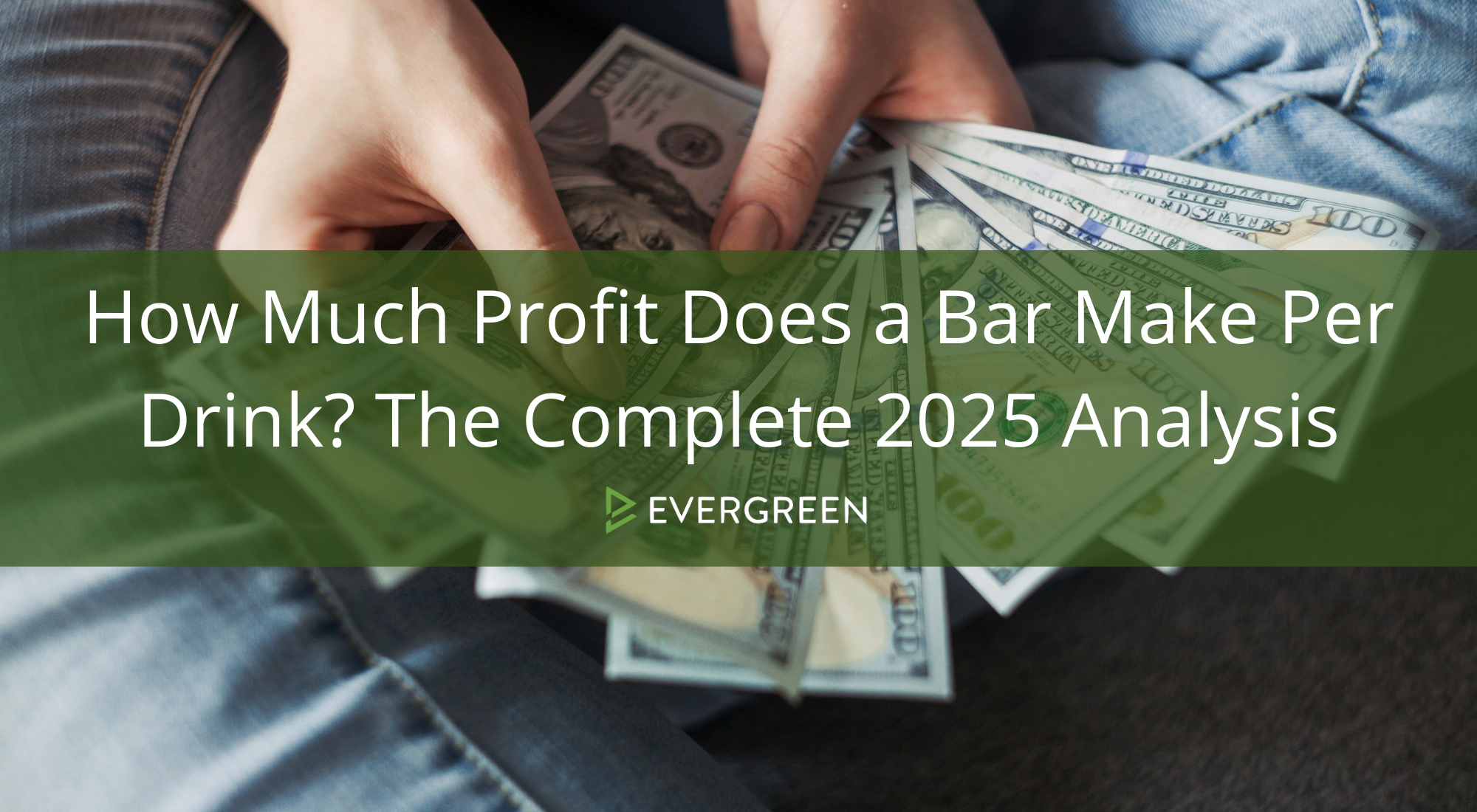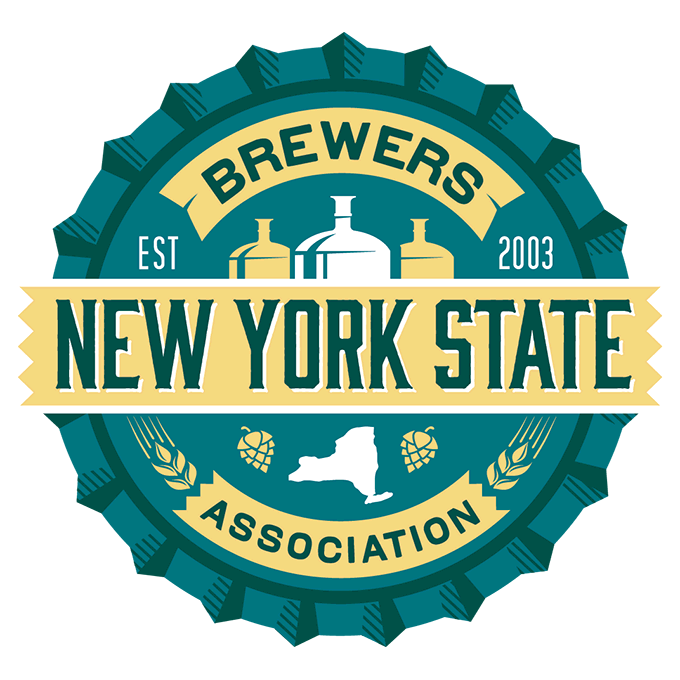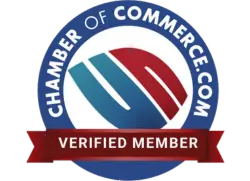Bars typically achieve 70-85% gross profit margins on cocktails, making mixed drinks among the most profitable items on any menu. A cocktail that costs $2.50 to make and sells for $12 generates $9.50 in gross profit—nearly 80% margin that far exceeds most other restaurant categories.
Understanding profit per drink is crucial for bar success. While food service typically achieves 30-40% margins, well-managed bars maintain 75-80% gross margins on alcoholic beverages, with premium cocktails reaching 85-90% profitability.
Breaking Down Bar Profit Margins by Drink Type
Different beverage categories generate varying profit levels based on cost structures, preparation complexity, and customer pricing expectations. Smart bar operators optimize their mix to maximize overall profitability.
Premium Cocktails: The Profit Champions
Example Profit Calculation:
- Premium Old Fashioned selling price: $14
- Ingredient cost (2 oz premium bourbon, simple syrup, bitters, garnish): $2.10
- Gross profit: $11.90
- Profit margin: 85%
Why Cocktails Are So Profitable:
Premium Pricing: Customers pay for craftsmanship and experience, not just ingredients
Ingredient Efficiency: Small pour sizes maximize bottle usage
Perceived Value: Skilled preparation justifies higher prices
Upselling Opportunities: Premium spirits command significant markups
Wine Service: Solid Returns with Strategic Pricing
Wine offers excellent profit potential when properly managed, with typical gross margins of 70-80%.
Wine by the Glass:
- Selling price: $12
- Cost per pour (5 oz from $25 bottle): $4.17
- Gross profit: $7.83
- Profit margin: 65%
Bottle Sales Strategy:
- Restaurant markup: 2.5-3x wholesale cost
- Retail wine costing $15 sells for $45-50
- Gross margin: 65-70%
Optimization Tips: Focus on wines under $30 wholesale, offer wine flights to encourage exploration, and train staff on food pairings to increase bottle sales.
Beer: Volume Driver with Moderate Margins
Draft Beer Profitability:
- Pint selling price: $6
- Cost per pint (including keg, CO2, maintenance): $1.44
- Gross profit: $4.56
- Profit margin: 76%
Bottled Beer:
- Selling price: $5
- Cost per bottle: $1.20
- Gross profit: $3.80
- Profit margin: 76%
Strategic Considerations: Draft systems require significant investment and maintenance, but per-ounce costs are lower than bottles. Craft beer commands higher prices but costs more than domestic options.
Spirits and Neat Pours: Maximum Efficiency
Straight spirits offer excellent margins with minimal preparation costs.
Premium Whiskey Example:
- 2 oz pour selling price: $18
- Ingredient cost: $2.25
- Gross profit: $15.75
- Profit margin: 87.5%
Well Spirits:
- Standard pour price: $8
- Ingredient cost: $1.20
- Gross profit: $6.80
- Profit margin: 85%
Understanding Pour Costs and Pricing Strategy
Pour cost represents the percentage of a drink’s selling price consumed by ingredient costs. Industry best practices target 18-24% pour costs, meaning ingredients should represent roughly one-quarter of the selling price.
Calculating Pour Costs
Formula: Pour Cost = (Ingredient Cost ÷ Selling Price) × 100
Example Margarita Calculation:
- 2 oz tequila: $1.80
- 1 oz triple sec: $0.40
- 1 oz lime juice: $0.30
- Salt rim: $0.05
- Total ingredient cost: $2.55
- Selling price: $12
- Pour cost: 21.25%
Pricing Strategy Implementation
The 4-5x Rule: Multiply ingredient costs by 4-5 to determine selling price
Tier-Based Pricing: Create pricing categories for different spirit qualities:
- Well spirits: 4x markup
- Call brands: 4.5x markup
- Premium: 5x markup
- Super-premium: 5.5-6x markup
Market Positioning Considerations
Competition Analysis: Price within 10-15% of comparable establishments unless providing clear value differentiation
Customer Demographics: Affluent areas support higher pricing, while price-sensitive markets require value positioning
Concept Alignment: Upscale lounges justify premium pricing while neighborhood bars focus on value
Revenue Optimization Strategies
Menu Engineering for Maximum Profit
Highlight High-Margin Items: Feature profitable cocktails prominently on menus and train staff to suggest them
Seasonal Rotation: Introduce limited-time cocktails with premium ingredients that justify higher prices
Flight Programs: Offer tasting flights that increase per-customer spending while introducing premium options
Signature Cocktails: Create house specialties that can’t be directly price-compared with competitors
Inventory Management Impact
Accurate Tracking: Monitor actual usage versus sales to identify theft, over-pouring, or waste
Portion Control: Use jiggers and measured pours to maintain consistent costs and quality
Product Mix: Balance high-volume, moderate-margin items with lower-volume, high-margin specialties
Waste Reduction: Implement first-in-first-out rotation and proper storage to minimize spoilage
Staff Training Effects on Profitability
Upselling Techniques: Train staff to suggest premium spirits and cocktail additions
Consistent Preparation: Standardize recipes to control costs and maintain quality
Product Knowledge: Educate staff about ingredients and preparation methods to justify pricing
Loss Prevention: Implement procedures to prevent over-pouring, theft, and waste
Technology’s Role in Profit Optimization
Point-of-Sale Analytics
Modern POS systems track detailed drink-level profitability:
- Item Performance: Identify best and worst-performing drinks
- Cost Analysis: Monitor ingredient costs versus sales revenue
- Staff Performance: Track individual bartender pour costs and sales
- Time-Based Analysis: Understand profitability patterns by day and hour
Inventory Management Systems
Automated Tracking: Monitor bottle levels and calculate exact usage
Cost Alerts: Notify management when ingredient costs exceed targets
Recipe Costing: Calculate exact costs for complex cocktails
Ordering Optimization: Prevent overstocking and reduce waste
Dynamic Pricing Opportunities
Happy Hour Strategy: Use lower-margin periods to drive volume and introduce customers to premium options
Event Pricing: Charge premium prices during special events or peak times
Demand-Based Adjustments: Adjust pricing based on popularity and ingredient availability
Industry Benchmarks and Performance Targets
Financial Performance Standards
Overall Bar Profit Margins[299]:
- Gross profit margin: 72-82%
- Net profit margin: 10-15%
- Prime cost (COGS + labor): Should not exceed 65-70% of revenue
Pour Cost Targets by Category[302]:
- Cocktails: 18-22%
- Wine: 25-28%
- Beer: 20-24%
- Spirits: 15-20%
Monthly Revenue and Profit Examples
Small Neighborhood Bar:
- Monthly revenue: $25,000
- Gross profit (75%): $18,750
- Operating expenses: $15,000
- Net profit: $3,750 (15%)
Upscale Cocktail Lounge:
- Monthly revenue: $65,000
- Gross profit (80%): $52,000
- Operating expenses: $42,000
- Net profit: $10,000 (15.4%)
Common Profit-Killing Mistakes
Over-Pouring and Portion Control Issues
Problem: Inconsistent pour sizes reduce profitability even with correct pricing
Solution: Implement measured pours, regular training, and spot-checking procedures
Inadequate Pricing Strategy
Problem: Pricing based on competition rather than costs leads to margin erosion
Solution: Calculate costs accurately and price for profitability while considering market positioning
Poor Inventory Management
Problem: Theft, waste, and shrinkage can consume 3-8% of gross sales
Solution: Implement tracking systems, security procedures, and regular audits
Menu Complexity Without Profit Focus
Problem: Extensive menus with low-margin items dilute overall profitability
Solution: Focus on high-margin items and eliminate unprofitable offerings
Seasonal and Market Factors
Seasonal Profit Variations
Summer: Higher volume but potentially lower margins due to beer preference
Winter: Cocktail season with higher per-drink profits but potentially lower volume
Holidays: Premium pricing opportunities but higher labor and ingredient costs
Economic Considerations
Inflation Impact: Rising ingredient costs require regular price adjustments
Consumer Behavior: Economic uncertainty affects customer spending patterns
Competition: Market saturation can pressure pricing and margins
Future Trends Affecting Bar Profitability
Craft Cocktail Evolution
The trend toward craft cocktails continues driving profit opportunities through premium pricing and unique experiences. Bars that excel at cocktail craftsmanship can maintain 85-90% margins while building customer loyalty.
Technology Integration
Smart Pouring Systems: Automated portion control and inventory tracking
Mobile Ordering: Reduced labor costs and improved order accuracy
Data Analytics: Better understanding of customer preferences and profitability patterns
Sustainability and Local Sourcing
Customers increasingly value sustainable practices and local ingredients, creating opportunities for premium pricing on environmentally conscious offerings.
Maximizing Your Bar’s Profit Per Drink
Understanding profit per drink is just the beginning. Successful bars combine strategic pricing, excellent execution, and continuous optimization to maximize profitability while creating experiences customers value.
Evergreen’s bar management platform helps operators track drink-level profitability, optimize inventory, and implement pricing strategies that maximize margins. From recipe costing to sales analytics, the right tools provide the insights needed to improve profitability systematically.
The most profitable bars don’t just sell drinks—they create experiences that justify premium pricing while maintaining operational efficiency. Focus on high-margin cocktails, train your staff effectively, and use data to make informed decisions about pricing and inventory management.Ready to optimize your bar’s profitability?
Start your free trial today and discover how the right tools can help you maximize profit per drink while improving operational efficiency.













